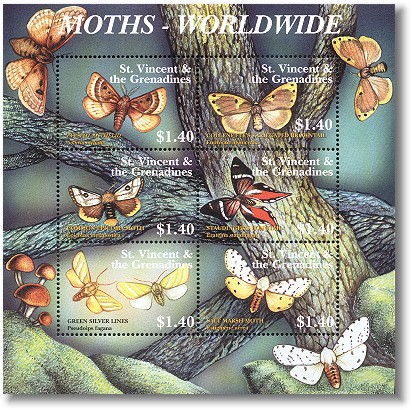In the Netherlands, 766 species of larger moths are considered native. About one-third of the species are decreasing and all species together show a significant, declining, trend in abundance. It may well be that the severe decline in some bird species in Northwestern Europe, especially of those that inhabit agricultural landscapes like Corn Bunting (Miliaria calandra) and Eurasian Skylark (Alauda arvensis), is related to the decline in moth diversity. It can be hypothesized, that the most important trigger is the period in which these birds feed their young.
As larvae of moths are one of the most important prey items in these farmland birds, a decline in moths can be responsible for lower reproduction rates and, consequently, declining trends of these bird species. Another example is found in research on European Nightjar (Caprimulgus europaeus), a migratory bird that is present in northwestern Europe from late April to early September. During its presence in northwestern Europe the birds mainly feed on moths. In addition, recent research showed that about 80% of the prey caught by adult birds to feed their young consist of moths. Therefore, we predict that the widespread declines of larger moths in the Netherlands and the United Kingdom will be having strong effects on the birds, bats and mammals, which depend on them for food. This emphasizes the urgent need for the protection and restoration of moth habitats.
Source:
The state of the Dutch larger moth fauna
by D. Groenendijk and W. N. Ellis (2010) J Insect Cons 15: 95-101
From the issue entitled "Special issue : Butterfly Conservation's 6th Int. Symposium: The 2010 target and beyond for Lepidoptera"
http://www.springerlink.com/index/N3WW426764067551.pdf

- Login om te reageren
